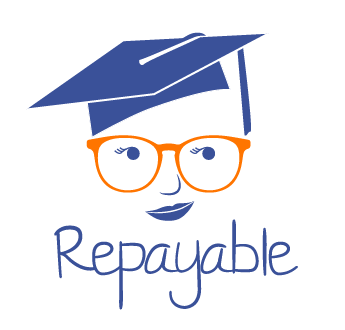Paying off your student loans is one of those things you want to do as efficiently as possible. No one wants to spend one extra penny or one extra day paying off their loans because they took an approach that wasn’t right for them. In today’s post I’ll talk about how to decide which student loans to pay off first. Estimated read & watch time ~3.5 minutes.
Extra payments mean decisions
The only way to pay off specific student loans early is by making extra payments. Making your minimum monthly payment only sets you up to pay off your student loans according to the terms of your repayment plan (federal loans) or loan agreement (private loans). While reading this article, it’s important to note that these instructions are about what to do with your extra payments each month.
Start with your end goal
What is the final outcome you want for your student loans? Is it that you pay them off as quickly as possible, get student loan forgiveness, or pay them off gradually over time so you don’t have as much financial pressure day to day?
Your goal is important in determining which loans you tackle first. For example, if you’re working toward PSLF, but have private student loans, you’ll want to pay off your private student loans first.
If you’re paying off quickly
If you’re a borrower who wants to pay back your student loans as quickly as possible you’ll want to target your highest interest, highest balance loan first. It’s the most expensive loan you have, with the highest interest rate, so tackling it first with extra payments will make the most significant financial impact.
If you’re counting on loan forgiveness
If you’re counting on any of the three big federal student loan forgiveness plans (PSLF, Teacher Loan Forgiveness, or Income-driven Loan Forgiveness), pay off private student loans first. These loans aren’t eligible for loan forgiveness so you’ll want to pay them off as quickly as you can on your own to minimize the interest you’ll pay.
If you’re planning on Teacher Loan Forgiveness, you’ll want to pay private student loans first, then any graduate student loans you may have. These student loans aren’t eligible for forgiveness under Teacher Loan Forgiveness.
If you want small achievable goals
Another strategy is to use the “snowball method” to pay back your loans. With this strategy you would pay off the smallest student loan first to give yourself an early victory, then target the next smallest, and so on and so forth. Some borrowers find this strategy to help keep them motivated to make extra payments and tackle their loans.
This isn’t my favorite strategy because it’s not the most efficient use of your extra payments, but I definitely understand the desire to keep the motivation coming and get some wins early. My compromise for this strategy is to still target your highest interest loans first, but to pick the smallest of those higher interest loans to start with.
Private student loans are good early targets
Private student loans often have the highest interest rates that are sometimes variable. That makes private student loans good early targets for extra payments. Private student loans also don’t carry the same federal borrower protections, access to flexible repayment plans, and access to the three major federal loan forgiveness options. There’s nothing to lose and only interest savings to gain by paying private student loans back early.
Refinancing is an important consideration for borrowers with private student loans. If you’re hoping to lower your interest rate and pay of your student loan debt sooner refinancing may be a good option for you because the student loans are already private so there’s no risk of losing federal benefits. If you want to learn more about refinancing you can read more here.
Are you targeting specific student loans on your repayment journey? Let me know in the comments below or on the Repayable Facebook Page.


Recent Comments